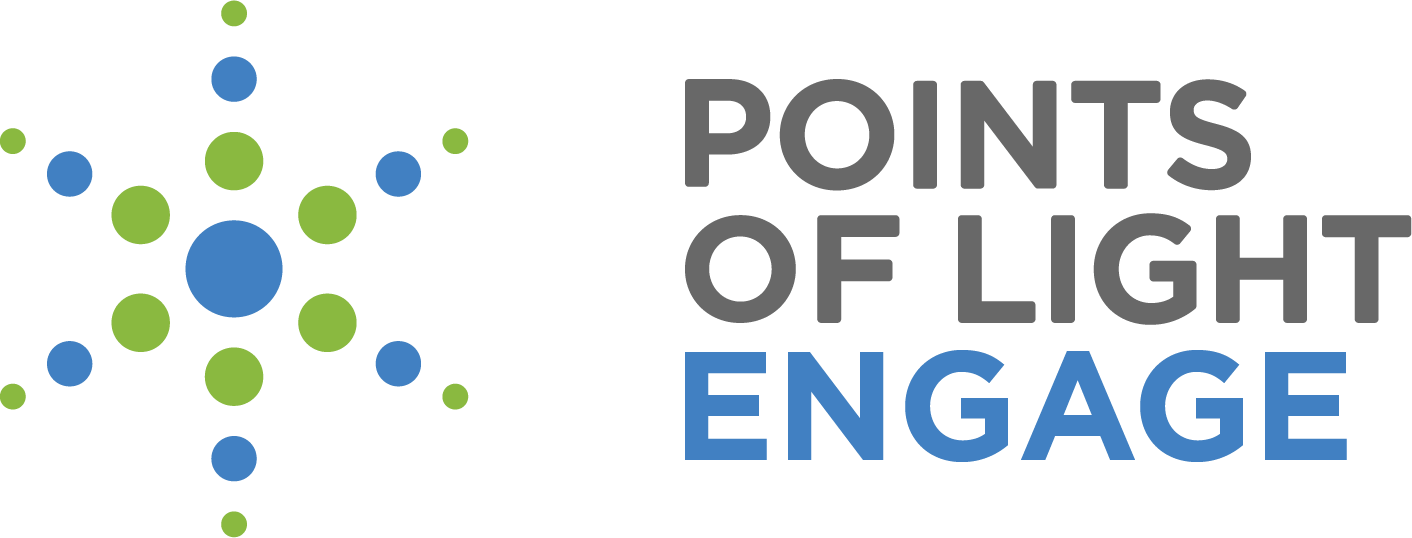The Prison Scholar Fund
- Location
- Seattle, WA
Organization Details
About
VISION STATEMENT: The Prison Scholar Fund envisions a world where all prisoners can have an opportunity for positive reentry into society.
MISSION STATEMENT: The Prison Scholar Fund provides education and employment assistance to help incarcerated people succeed and thrive in society while avoiding homelessness and the revolving door of reincarceration. We also advocate for reform in correctional education to increase opportunity for all.
The Prison Scholar Fund was launched by Executive Director Dirk Van Velzen in 2006 to provide a financial aid alternative for incarcerated students, while he was incarcerated himself. The PSF remained an informal organization until 2005, when it received a contribution enabling it to apply for IRC 501(c)(3) recognition and award its first scholarship. With thisinitial success from prison, the PSF pushed forward enabling it to support 110 incarcerated students. Funds were also raised for a financial audit in 2010. Unfortunately, lack of resource availability hampered the organization's ability to continue fundraising and it remained dormant until 2015.
Following Dirk's release from prison in May 2015, he has since graduated from the University of Washington's certificate program in Nonprofit Management, won first place in the Social Venture Partners Fast Pitch business plan competition, and graduated from the Stanford GSB, Executive Program in Social Entrepreneurship. The PSF is now poised to build capacity and develop strategy for operations in 2018.
Mission Statement
The Prison Scholar Fund (PSF) operates three distinct programs, discussed below:
Distance Education:
The PSFhistorically supported students through paper-based correspondence courses from accredited educational institutions. Candidates applied for support by responding to three challenging essay questions designed to indicate their readiness for postsecondary correspondence course work. Applications are evaluated quarterly by a Scholarship Committee composed of inmate-mentors and members of the community. We are reviewing this program to make it scale better as we expand online and on-site programs alongside independent, paper-based correspondence programs. PSF funding may be used with virtually any partnering organization that provides on-site college prison program.
We're currently exploring partnerships with Washington State and Arizona State Universities to deliverhybrid-online programs to the students. What's more, we developing a full-stack development coding program, in partnership with Code Fellows, to teach inmates how to code--developing skills highly valued in the labor market.
Technology:
In addition to the existing methods of course delivery, the PSF is exploring new ways of delivering quality course content to American prisoners, utilizing online and other digital technologies. For instance, we're exploring secure digital tablet and laptops for the inmates to use in their living units to complete coursework. This concerted effort will require coordination and collaboration with federal and state agencies, public and private prisons, hardware and software companies, and public and private educational institutions.
Evaluation:
While these programs sound promising, the real trick is to measure them. Many studies and meta-analyses suggest that prisoner education changes lives and adds value, but many questions remain. The much celebrated RAND study, for instance, is still unable to get at what is inside the black box of what works in correctional education. Questions remain including 1) what dosage is necessary, 2) how does needed dose vary by educational programs, 3) what models of instruction and curriculum delivery are most effective in a correctional environment. This final question is especially relevant for the PSF investigating whether a robust distance education model is scalable, and how education changes outcomes across crime histories. Answering these questions relies on understanding what the causal impacts of prisoner education on student outcomes.
There are a growing number of research designs and statistical techniques to accurately identify the causal impacts of policy interventions, like the prisoner education program we describe here. We have an active partnership with researchers in the Washington State Department of Corrections to securely share inmate characteristic and outcome data while preserving privacy of this vulnerable population. Were fortunate to have partnered with a Big Data scientist and senior researcher at Microsoft, who are volunteering to help develop and analyze our programs, using randomized control trials and machine learning matching algorithms. The idea is to have a very precise, turn-key model, understanding which inputs are required to drive expected outcomes.
Volunteer Opportunities
-
Strategic & Fundraising Planner2013 miRecruiting nowIn-PersonSeattle, WA
-
Iconoclastic Technologist2013 miRecruiting nowIn-PersonSeattle, WA
-
Guru of Outreach2013 miRecruiting nowIn-PersonSeattle, WA
-
Volunteer Conductor2013 miRecruiting nowIn-PersonSeattle, WA
-
Resource Mobilizer2013 miRecruiting nowIn-PersonSeattle, WA
-
Actualization Expert2013 miRecruiting nowIn-PersonSeattle, WA

